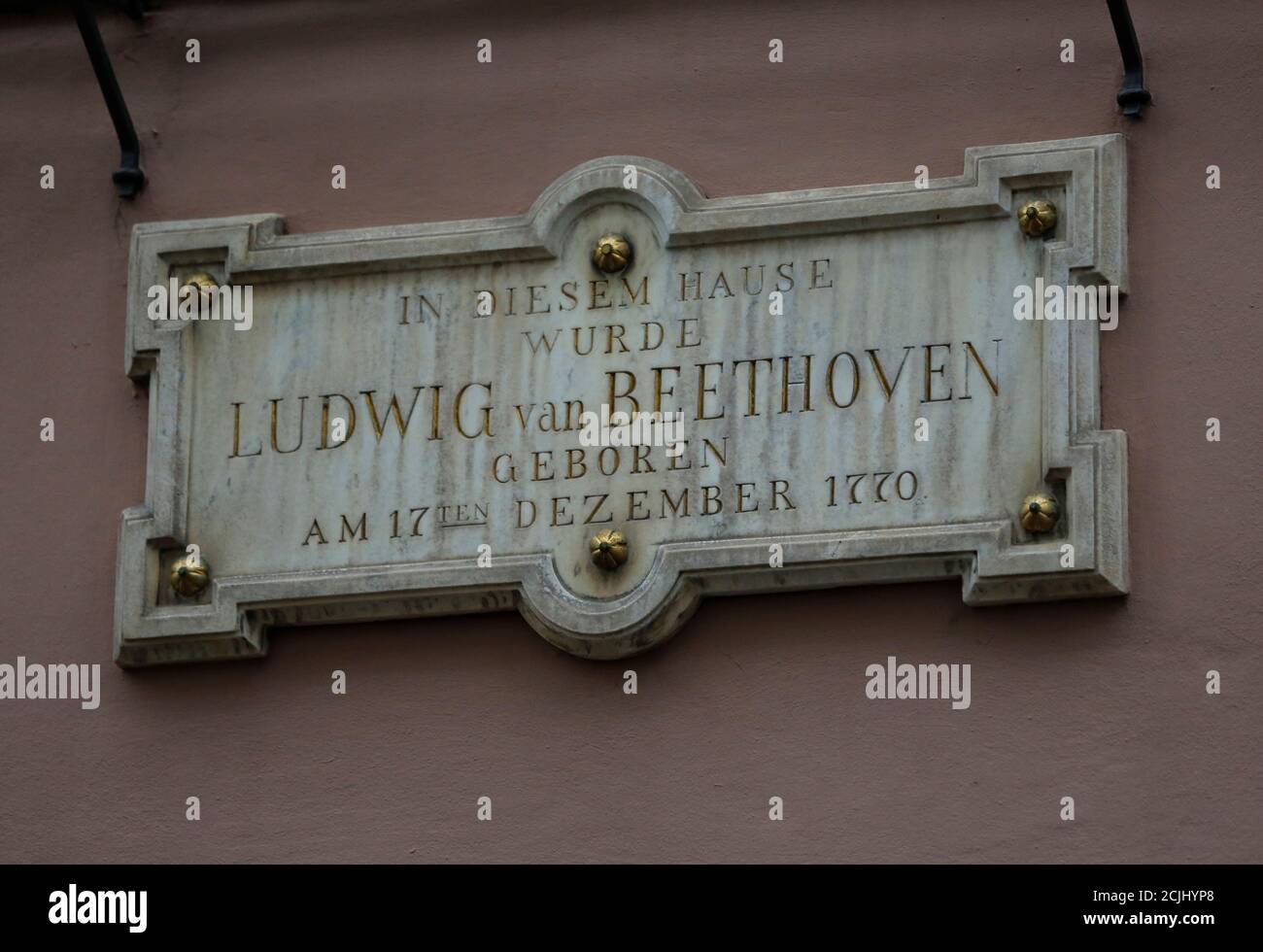

welcomes one of the titans of the classical stage. Pre-concert discussion begins at 2:00 p.m.

#Leon beethoven 7th symphony series
Classics Series Concert 1: Bohemian Rhapsody This concert is generously underwritten by Tatiana and Gerret Copeland. Read about pianist-composer Michael Brown here. Pre-concert discussion begins at 6:30 p.m. In between, we’ll feature pianist Michael Brown in Beethoven’s stormy third piano concerto-at turns gentle and violent-paying homage to the past as much as trailblazing into the future, it shows Beethoven at the cusp of a new era he alone precipitated. Ravel wrote a series of short pieces, in the style of the great French Baroque keyboard master, François Couperin, in memory of friends lost to the First World War, striking a touching balance between grace and melancholy. Sibelius’s Second Symphony is one of the pieces that established the identity of Finnish nationalistic music, and Sibelius called “a confession of the soul.” Tombeau de Couperin exorcises the demons that haunted those who lived through the Great War. Our second Classics concert presents music about contrast. The first half opens with Borodin’s overture to Prince Igor which balances pathos, pomp, and electric energy. It synthesizes a lifetime of ideas into a touching and personal work- initially a flop, only to be made popular, and a staple of the repertoire, years after its composition by cellist Jacqueline du Pre in the 1960s. French cellist Camille Thomas joins the DSO for Elgar’s Cello Concerto-a contemplative, probing, deeply personal, and private work from the end of Elgar’s career. Not yet the full-fledged post-Romantic we associate with his later works, this Symphony shows Rachmaninoff as the undisputed heir to the Russian symphonic spirit. Rachmaninoff’s expansive and dramatic (and rarely performed) First Symphony receives its Delaware premier 123 years after its disastrously under-rehearsed first performance. Paganini, stand aside.Our third Classics concert features two works which have become concert standards after difficult premiers. Nevertheless, here is a bonanza for both budding and seasoned virtuosi. Editor Reinhard Goebel provides a preface in both English and German, although he gives no detail about the six featured violinist-composers.

Offenburg’s printing is commendable in its clarity and accuracy. This modern edition is based on a recently discovered printed set of parts dated 1824, in the town of Cheb’s archives in the Czech Republic. Lubin goes the extra mile with his 98-bar Variation that nicely rounds off these very effective showpieces for the violinist. The same nine-bar Coda is played on the piano following each 16-bar variation. These important violinists around Beethoven joined forces to produce scintillating Variations, in turns audacious in difficulty and graceful in style, incorporating double-stops, fast passagework, a variety of bow strokes, harmonics, trills, and chromatic runs. Ignaz Schuppanzigh, Beethoven’s violin teacher and leader of Count Razumovsky’s string quartet and not least, Franz Clement, who premiered the master’s Violin Concerto in D major. His violin colleagues were luminaries of the day: Joseph Böhm (director of the Vienna Conservatory whose students included Hubay, Joachim, Ernst, and Dont) Joseph Mayseder and Georg Hellmesberger Sr. Lubin (1805–50) from Turin also wrote, among many other works, a violin Fantasia on a theme from Donizetti’s opera Lucia di Lammermoor and an Impromptu based on the second movement of Beethoven’s Seventh Symphony. As was customary then, these leading performers were also composers.


 0 kommentar(er)
0 kommentar(er)
